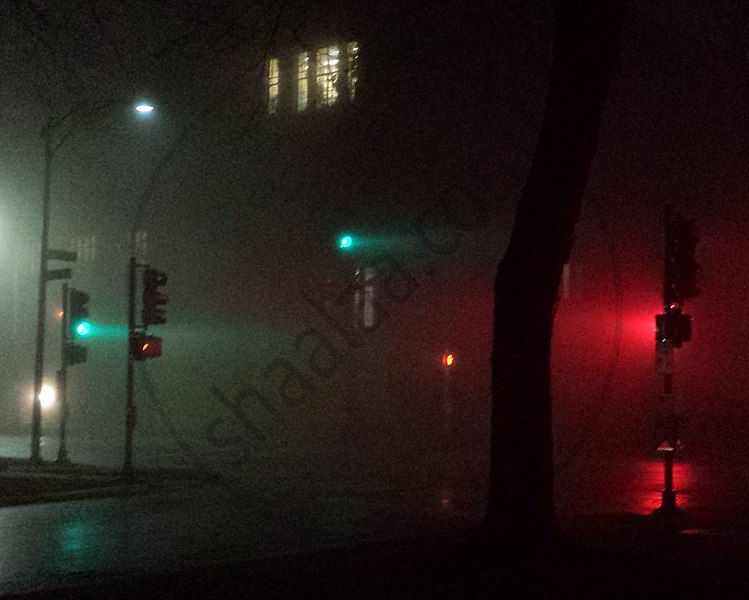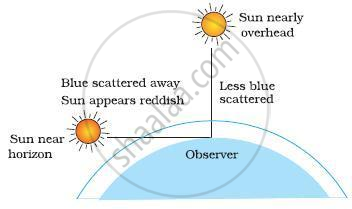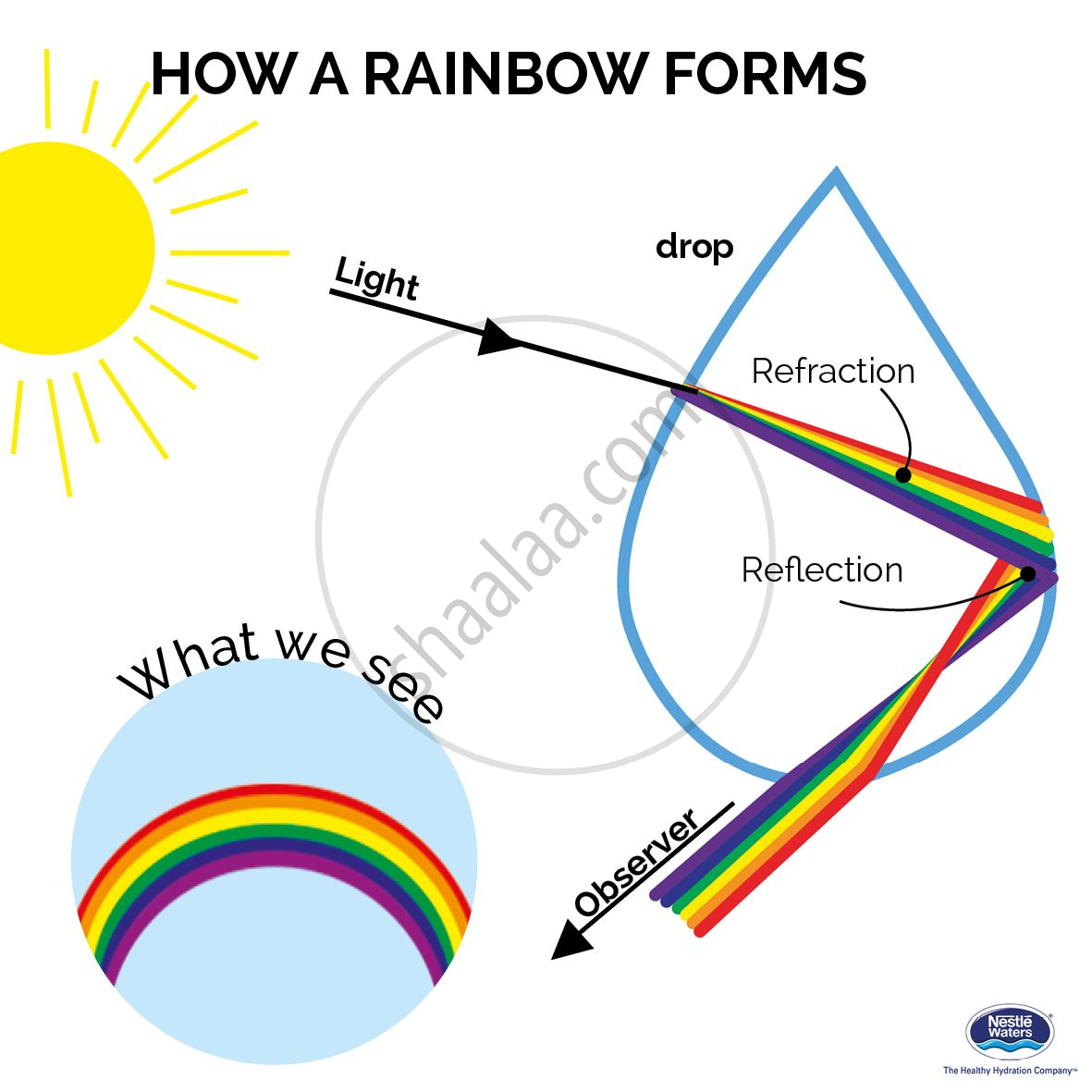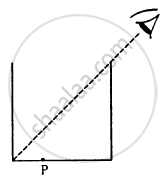Topics
Electric Charges and Fields
- Electric Charges
- Conductors and Insulators
- Basic Properties of Electric Charge
- Coulomb’s Law - Force Between Two Point Charges
- Superposition Principle - Forces Between Multiple Charges
- Introduction of Electric Field
- Electric Field Due to a System of Charges
- Physical Significance of Electric Field
- Electric Field Lines
- Electric Flux
- Electric Dipole
- Dipole in a Uniform External Field
- Continuous Distribution of Charges
- Gauss’s Law
- Applications of Gauss’s Law
- Charging by Induction
- Electric Field Due to a Point Charge
- Uniformly Charged Infinite Plane Sheet and Uniformly Charged Thin Spherical Shell (Field Inside and Outside)
- Superposition Principle of Forces
- Force Between Two Point Charges
Electrostatics
Electrostatic Potential and Capacitance
- Electric Potential
- Potential Due to a Point Charge
- Potential Due to an Electric Dipole
- Potential Due to a System of Charges
- Equipotential Surfaces
- Relation Between Electric Field and Electrostatic Potential
- Potential Energy of a System of Charges
- Potential Energy of a Single Charge
- Potential Energy of a System of Two Charges in an External Field
- Potential Energy of a Dipole in an External Field
- Electrostatics of Conductors
- Dielectrics and Polarisation
- Capacitors and Capacitance
- The Parallel Plate Capacitor
- Effect of Dielectric on Capacity
- Combination of Capacitors
- Energy Stored in a Capacitor
- Van De Graaff Generator
- Capacitance of a Parallel Plate Capacitor with and Without Dielectric Medium Between the Plates
- Free Charges and Bound Charges Inside a Conductor
- Conductors and Insulators Related to Electric Field
- Electrical Potential Energy of a System of Two Point Charges and of Electric Dipole in an Electrostatic Field
- Electric Potential Difference
Current Electricity
Magnetic Effects of Current and Magnetism
Current Electricity
- Electric Current
- Electric Currents in Conductors
- Ohm's Law (V = IR)
- Current Density
- Drift of Electrons and the Origin of Resistivity
- Limitations of Ohm’s Law
- Resistivity of Various Materials
- Temperature Dependence of Resistance
- Electrical Power
- Cells, Emf, Internal Resistance
- Combination of Cells in Series and in Parallel
- Kirchhoff’s Rules
- Wheatstone Bridge
- Conductivity and Conductance;
- Delta Star Transformation
- Potential Difference and Emf of a Cell
- Measurement of Internal Resistance of a Cell
- Potentiometer
- Metre Bridge
- Combination of Resistors - Series and Parallel
- Electrical Resistivity and Conductivity
- V-I Characteristics (Linear and Non-linear)
- Flow of Electric Charges in a Metallic Conductor
Moving Charges and Magnetism
- Magnetic Force
- Sources and Fields of Magnetic Force
- Magnetic Field, Lorentz Force
- Magnetic Force on a Current-carrying Conductor
- Motion in a Magnetic Field
- Magnetic Field Due to a Current Element, Biot-Savart Law
- Magnetic Field on the Axis of a Circular Current Loop
- Ampere’s Circuital Law
- Solenoid and the Toroid - the Solenoid
- Force Between Two Parallel Currents, the Ampere
- Circular Current Loop as a Magnetic Dipole
- Torque on a Rectangular Current Loop in a Uniform Magnetic Field
- Moving Coil Galvanometer
- Oersted’s Experiment
- Solenoid and the Toroid - the Toroid
- Magnetic Diapole
- Torque on a Current Loop in Magnetic Field
- Force on a Current - Carrying Conductor in a Uniform Magnetic Field
- Force on a Moving Charge in Uniform Magnetic and Electric Fields
- Straight and Toroidal Solenoids (Only Qualitative Treatment)
- The Magnetic Dipole Moment of a Revolving Electron
- Velocity Selector
- Cyclotron
Electromagnetic Induction and Alternating Currents
Magnetism and Matter
- Introduction of Magnetism
- The Bar Magnet
- Magnetism and Gauss’s Law
- Magnetisation and Magnetic Intensity
- Magnetic Properties of Materials
- Permanent Magnet and Electromagnet
- Curie Law of Magnetism
- Hysteresis Loop
- The Earth’s Magnetism
- Torque on a Magnetic Dipole (Bar Magnet) in a Uniform Magnetic Field
- Dipole in a Uniform External Field
- Magnetic Field Intensity Due to a Magnetic Dipole (Bar Magnet) Perpendicular to Its Axis
- Magnetic Field Intensity Due to a Magnetic Dipole (Bar Magnet) Along Its Axis
- Magnetic Dipole Moment of a Revolving Electron
- Current Loop as a Magnetic Dipole and Its Magnetic Dipole Moment
- Magnetic Substances
Electromagnetic Waves
Optics
Electromagnetic Induction
- Electromagnetic Induction
- The Experiments of Faraday and Henry
- Magnetic Flux
- Faraday’s Law of Induction
- Lenz’s Law and Conservation of Energy
- Motional Electromotive Force (e.m.f.)
- Mutual Inductance
- Self Inductance
- A.C. Generator
- Energy Consideration: a Quantitative Study
- Eddy Currents
- Induced e.m.f. and Induced Current
Dual Nature of Radiation and Matter
Alternating Current
- Alternating Currents and Direct Currents
- Different Types of AC Circuits: AC Voltage Applied to a Resistor
- Representation of AC Current and Voltage by Rotating Vectors - Phasors
- Different Types of AC Circuits: AC Voltage Applied to an Inductor
- Different Types of AC Circuits: AC Voltage Applied to a Capacitor
- Different Types of AC Circuits: AC Voltage Applied to a Series LCR Circuit
- Power in AC Circuit: the Power Factor
- Forced Oscillations and Resonance
- Transformers
- LC Oscillations
- Reactance and Impedance
- Peak and Rms Value of Alternating Current Or Voltage
- Alternating Currents
Atoms and Nuclei
Electromagnetic Waves
- Elementary Facts About Electromagnetic Wave Uses
- Electromagnetic Spectrum
- Transverse Nature of Electromagnetic Waves
- Electromagnetic Waves
- Displacement Current
Ray Optics and Optical Instruments
- Reflection of Light by Spherical Mirrors
- Refraction
- Refraction at Spherical Surfaces and Lenses
- Refraction by a Lens
- Combination of Thin Lenses in Contact
- Refraction at Spherical Surfaces
- Power of a Lens
- Refraction Through a Prism
- Optical Instruments
- Optical Instruments: Simple Microscope
- Optical Instruments: Compound Microscope
- Optical Instruments: Telescope
- Optical Instruments: the Eye
- Snell’s Law
- Concave Mirror
- Rarer and Denser Medium
- Lens Maker's Formula
- Thin Lens Formula
- Concept of Lenses
- Some Natural Phenomena Due to Sunlight
- Dispersion by a Prism
- Magnification
- Total Internal Reflection
- Ray Optics - Mirror Formula
- Light Process and Photometry
Electronic Devices
Communication Systems
Wave Optics
- Introduction of Wave Optics
- Huygens' Principle
- Refraction of a Plane Wave
- Refraction at a Rarer Medium
- Reflection of a Plane Wave by a Plane Surface
- Coherent and Incoherent Addition of Waves
- Interference of Light Waves and Young’s Experiment
- Diffraction of Light
- The Single Slit
- Seeing the Single Slit Diffraction Pattern
- Refraction of Monochromatic Light
- Polarisation
- Law of Malus
- Principle of Superposition of Waves
- Corpuscular Theory
- Plane Polarised Light
- The Validity of Ray Optics
- The Doppler Effect
- Width of Central Maximum
- Resolving Power of Microscope and Astronomical Telescope
- Interference
- Proof of Laws of Reflection and Refraction Using Huygens' Principle
- Brewster's Law
- Fraunhofer Diffraction Due to a Single Slit
- Coherent and Incoherent Sources and Sustained Interference of Light
- Speed of Light
- Reflection and Refraction of Plane Wave at a Plane Surface Using Wave Fronts
Dual Nature of Radiation and Matter
- Dual Nature of Radiation
- Electron Emission
- Photoelectric Effect - Hertz’s Observations
- Photoelectric Effect - Hallwachs’ and Lenard’s Observations
- Experimental Study of Photoelectric Effect
- Photoelectric Effect and Wave Theory of Light
- Einstein’s Photoelectric Equation: Energy Quantum of Radiation
- Particle Nature of Light: The Photon
- Einstein’s Equation - Particle Nature of Light
- Davisson and Germer Experiment
- de-Broglie Relation
- Wave Nature of Matter
The Special Theory of Relativity
Atoms
- Introduction of Atoms
- Alpha-particle Scattering and Rutherford’s Nuclear Model of Atom
- Atomic Spectra
- Bohr’s Model for Hydrogen Atom
- Energy Levels
- The Line Spectra of the Hydrogen Atom
- De Broglie’s Explanation of Bohr’s Second Postulate of Quantisation
- Heisenberg and De Broglie Hypothesis
- Thompson Model
- Dalton's Atomic Theory
- Hydrogen Spectrum
Nuclei
- Atomic Masses and Composition of Nucleus
- Size of the Nucleus
- Mass - Energy
- Nuclear Binding Energy
- Nuclear Force
- Introduction of Radioactivity
- Alpha Decay
- Beta Decay
- Gamma Decay
- Introduction of Nuclear Energy
- Nuclear Fission
- Nuclear Fusion – Energy Generation in Stars
- Controlled Thermonuclear Fusion
- Nuclear Reactor
- Mass Defect and Binding Energy
- Atomic Mass, Mass - Energy Relation and Mass Defect
- Law of Radioactive Decay
Semiconductor Electronics - Materials, Devices and Simple Circuits
- Concept of Semiconductor Electronics: Materials, Devices and Simple Circuits
- Classification of Metals, Conductors and Semiconductors
- Energy Bands in Conductors, Semiconductors and Insulators
- Intrinsic Semiconductor
- Extrinsic Semiconductor
- p-n Junction
- Semiconductor Diode
- Application of Junction Diode as a Rectifier
- Integrated Circuits
- Feedback Amplifier and Transistor Oscillator
- Transistor as a Device
- Basic Transistor Circuit Configurations and Transistor Characteristics
- Transistor Action
- Transistor: Structure and Action
- Digital Electronics and Logic Gates
- Transistor as an Amplifier (Ce-configuration)
- Transistor and Characteristics of a Transistor
- Zener Diode as a Voltage Regulator
- Special Purpose P-n Junction Diodes
- Diode as a Rectifier
- Triode
Communication Systems
- Detection of Amplitude Modulated Wave
- Production of Amplitude Modulated Wave
- Basic Terminology Used in Electronic Communication Systems
- Sinusoidal Waves
- Modulation and Its Necessity
- Amplitude Modulation (AM)
- Need for Modulation and Demodulation
- Satellite Communication
- Propagation of Electromagnetic Waves
- Bandwidth of Transmission Medium
- Bandwidth of Signals
- Elements of a Communication System
The Special Theory of Relativity
- The Special Theory of Relativity
- The Principle of Relativity
- Maxwell'S Laws
- Kinematical Consequences
- Dynamics at Large Velocity
- Energy and Momentum
- The Ultimate Speed
- Twin Paradox
- Mirage
- Rainbow
Notes
SCATTERING OF LIGHT:-
The interplay of light with objects around us gives rise to several spectacular phenomena in nature.
Tyndall Effect:-

The earth’s atmosphere is a heterogeneous mixture of minute particles. These particles include smoke, tiny water droplets, suspended particles of dust and molecules of air.
When a beam of light strikes such fine particles, the path of the beam becomes visible. The light reaches us, after being reflected diffusely by these particles. The phenomenon of scattering of light by the colloidal particles gives rise to Tyndall effect.
This phenomenon is seen when a fine beam of sunlight enters a smoke-filled room through a small hole. Thus, scattering of light makes the particles visible. Tyndall effect can also be observed when sunlight passes through a canopy of a dense forest.
The colour of the scattered light depends on the size of the scattering particles. Very fine particles scatter mainly blue light while particles of larger size scatter light of longer wavelengths. If the size of the scattering particles is large enough, then, the scattered light may even appear white.
WHY IS THE COLOUR OF THE SKY BLUE?
-The molecules of air and other fine particles in the atmosphere have size smaller than the wavelength of visible light.
-These are more effective in scattering light of shorter wavelengths at the blue end than light of longer wavelengths at the red end.
-The red light has a wavelength about 1.8 times greater than blue light. Thus, when sunlight passes through the atmosphere, the fine particles in air scatter the blue colour (shorter wavelengths) more strongly than red.
-The scattered blue light enters our eyes. If the earth had no atmosphere, there would not have been any scattering. Then, the sky would have looked dark.
-The sky appears dark to passengers flying at very high altitudes, as scattering is not prominent at such heights.
COLOUR OF THE SUN AT SUNRISE AND SUNSET:-
-Light from the Sun near the horizon passes through thicker layers of air and larger distance in the earth’s atmosphere before reaching our eyes.
-However, light from the Sun overhead would travel relatively shorter distance. At noon, the Sun appears white as only a little of the blue and violet colours are scattered. Near the horizon, most of the blue light and shorter wavelengths are scattered away by the particles.
-Therefore, the light that reaches our eyes is of longer wavelengths. This gives rise to the reddish appearance of the Sun.

WHITE LIGHT IS DISPERSED INTO ITS SEVEN COLOURS.
A rainbow is a natural spectrum appearing in the sky after a rain shower
It is caused by dispersion of sunlight by tiny water droplets, present in the atmosphere. A rainbow is always formed in a direction opposite to that of the Sun. The water droplets act like small prisms. They refract and disperse the incident sunlight, then reflect it internally, and finally refract it again when it comes out of the raindrop.

Shaalaa.com | Human Eye part 6 (Rainbow formation)
Series: series 1
Related QuestionsVIEW ALL [60]
| Case study: Mirage in deserts |
 |
|
To a distant observer, the light appears to be coming from somewhere below the ground. The observer naturally assumes that light is being reflected from the ground, say, by a pool of water near the tall object. Such inverted images of distant tall objects cause an optical illusion to the observer. This phenomenon is called mirage. This type of mirage is especially common in hot deserts. Based on the above facts, answer the following question: |
A diamond is immersed in such a liquid which has its refractive index with respect to air as greater than the refractive index of water with respect to air. Then the critical angle of diamond-liquid interface as compared to critical angle of diamond-water interface will


